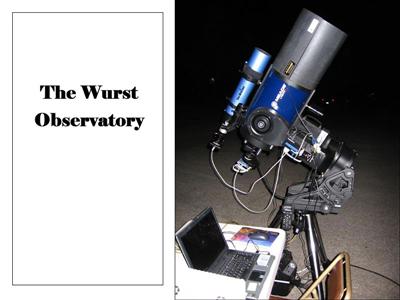 |
The Wurst Observatory is so named because it is the worst location I could possibly find for my primary site: in the street at the end of my driveway–smack in the middle of a large light-polluted urban area. Fortunately, my driveway ends in a half of a cul-de-sac that gives me a little protection from traffic. I pull my van beside my scope to provide further protection from traffic and a partial screen from my neighbor’s flood lights.
|
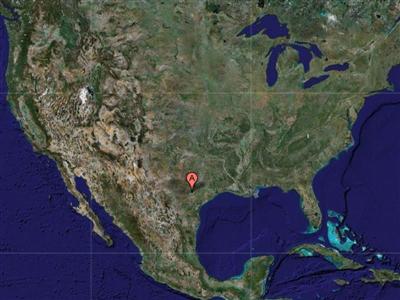 |
Located in south Texas, the Wurst Observatory affords me a view of the sky at one of the lowest latitudes in the continental United States. Since many of the coolest astrophotographical targets are in the southern sky, this is a good thing. Another good thing about my location is that I’m merely a couple hours drive from some very dark skies. The blanket of city lights that covers this area quickly runs out as one travels west. If I’m really up for a trip, a 7 hour drive will get me to the pristine skies of the Davis Mountains and the McDonald Observatory.
|
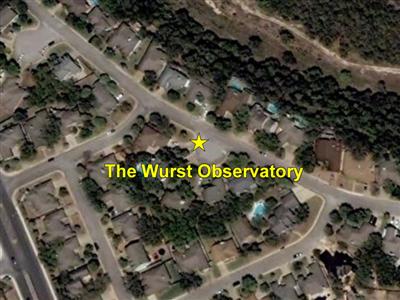 |
I envy the neighbors across the street, whose homes abutt a large undeveloped area. Theoretically, this would give me a little break from skyglow, except that so many of my neighbors are apparently terrified of darkness and expend many kilowatts to banish all vestiages of it from our environs.
|
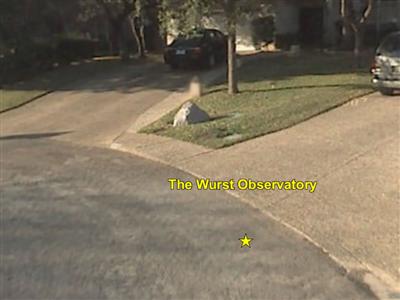 |
By day, the Wurst Observatory appears to be invisible, even to the Google car. All the equipment is stored in my garage.
|
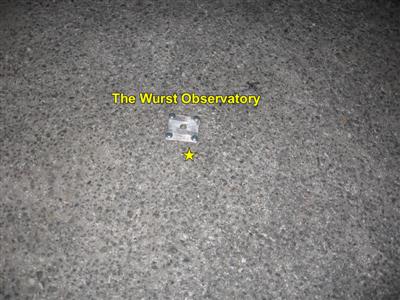 |
What makes the observatory workable for astrophotography is my system for easily setting up my equipment while retaining my polar alignment. My scope is on a three wheel cart with leveling bolts, that fit precisely into mounting plates that I fabricated and mounted in the street. I can usually set up and be ready to shoot in 15 minutes.
|




